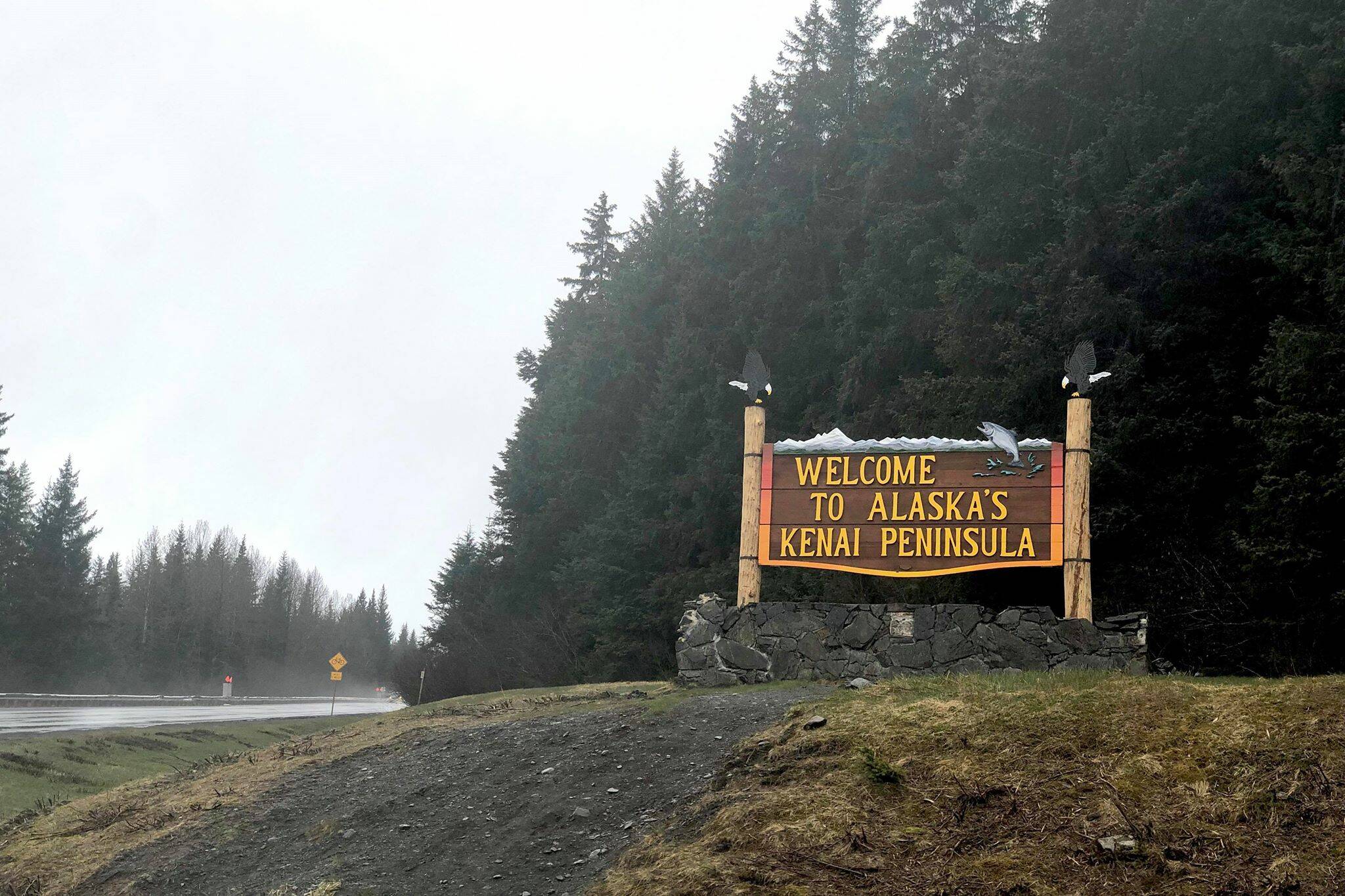People moving to Alaska tend to stay in the state longer if they move to the state’s Gulf Coast region, which includes the Kenai Peninsula, new analysis by Alaska State Demographer David Howell has found. People moving to the region tend to be retiring to the peninsula.
That analysis was published in the August edition of Alaska Economic Trends, which is prepared by the Alaska Department of Labor & Workforce Development, as an article titled “Movers aren’t staying as long.” Howell’s analysis found generally that since 1990 people of all age groups are spending less time in Alaska after moving to the state.
To understand Alaska’s in and out migration, the labor department analyzes Alaska Permanent Fund dividend application data. Because of the eligibility requirements associated with the PFD, however, the state acknowledges that the resulting data are an undercount.
Since 1991, most of the people moving to Alaska have been between the ages of 18 and 29. For the five-year periods starting in 1991, 1996, 2006 and 2011, at least 8,000 people between the ages of 18 and 29 moved to Alaska, state data show.
In all, the state has consistently reported a migration deficit since 2010. As of around 1990, state migration had “calmed” by netting, on average, about 300 new residents each year, Howell writes. That’s compared to the time period between 2010 and 2022, as the state now averages a net migration loss of 4,500 people per year.
Net migration refers to the number of people moving to Alaska minus the number of people leaving Alaska.
More than half — between 53% and 55% — of the adults who move to Alaska are men, Howell found, though women tend to stay in Alaska for a longer period of time. Generally, people moving to the state are not staying as long as they once did, but Alaska’s population turnover has always been high, Powell wrote.
About half of people moving to Alaska in the 1990s stayed for at least 10 years. That’s compared to about 40% of people moving to Alaska between 2006 and 2010. About 70% of the people who moved to Alaska between 1991 and 2005 stayed in Alaska for at least five years. That percentage fell to just 61% for people who moved to Alaska between 2011 and 2015, and continues to fall.
“(Thirty-one percent) of the people who moved to Alaska after 2015 have already left,” Howell wrote.
This month’s full edition of Alaska Economic Trends can be accessed on the Alaska Department of Labor and Workforce Development’s website at labor.alaska.gov.
Reach reporter Ashlyn O’Hara at ashlyn.ohara@peninsulaclarion.com.

